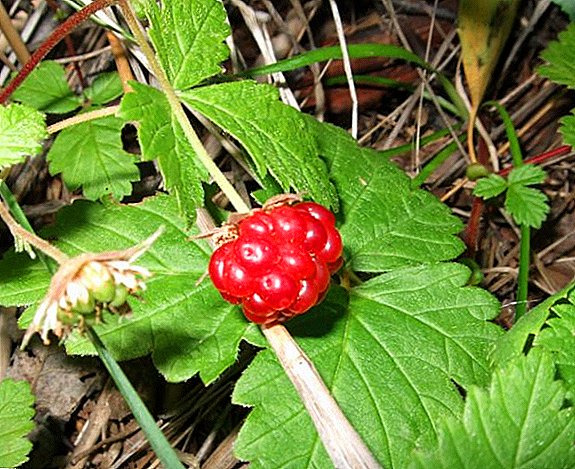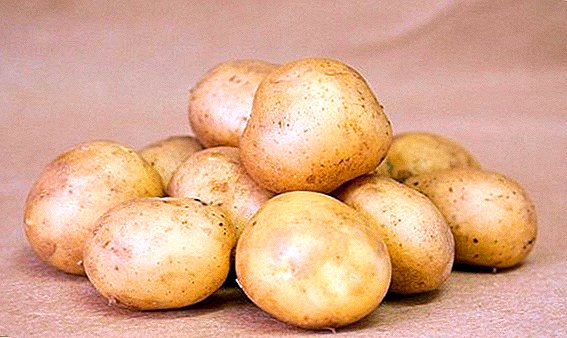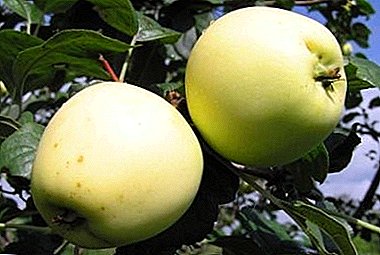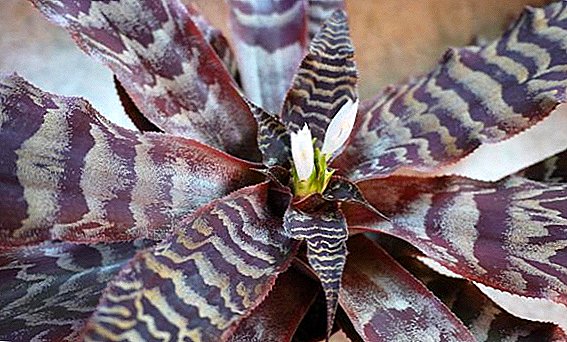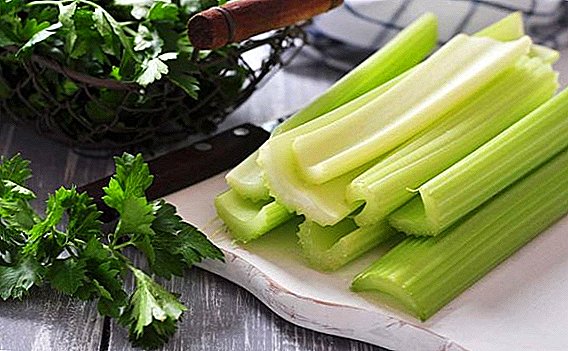 Undoubtedly, vegetables and fruits contain a large amount of nutrients needed by the body. Making up the diet, it is important to take into account the state of health, because, despite the rich vitamin reserves, many products are contraindicated in certain diseases.
Undoubtedly, vegetables and fruits contain a large amount of nutrients needed by the body. Making up the diet, it is important to take into account the state of health, because, despite the rich vitamin reserves, many products are contraindicated in certain diseases.
Chemical composition and caloric content of the product
Eat both root vegetables and the green part of celery, which contain:
- vitamins: A, B1, B2, B3, B5, B6, C, E, K;
- macro- and microelements: boron, calcium, chlorine, iron, magnesium, manganese, phosphorus, potassium, selenium, sulfur, zinc.
As well as amino acids, essential oils and fatty acids.

As for the chemical composition, detailed characteristics are shown in the table:
| Indicator | amountin 100 g of product |
| Squirrels | 0.9 g |
| Fat | 0.1 g |
| Carbohydrates | 2.1 g |
| Alimentary fiber | 1.8 g |
| Water | 94 g |
| Calorie content | 13 kcal |
Useful and harmful properties of celery
Having a rich composition, the product has a number of useful properties:
- slows the aging process;
- has a calming effect;
- stimulates the formation of gastric juice;
- activates water-salt metabolism;
- has anti-inflammatory properties;
- normalizes metabolism;
- natural antiseptic;
- enhances sexual function.
- antiallergen;
- normalizes sleep.
Did you know? Casanova ate a lot of celery to support his energy, because the vegetable has long been known as a strong aphrodisiac.For a healthy body, celery does not pose any danger. It is dangerous to eat this vegetable in pregnant women, as it contains substances that provoke uterine contraction, which can lead to miscarriage.
Celery with pancreatitis: can or not
The product is forbidden to use during the manifestation of symptoms of pancreatitis.
The main reasons for the prohibition to use consider:
- Content of essential oils. They activate the production of pancreatic juice, which contributes to the further destruction of the gland.
- Presence of dietary fiberthat affect gastrointestinal motility, which leads to bloating and diarrhea.

Rules for choosing a quality product
When choosing a vegetable, first of all pay attention to its appearance. The stem and the green part should be bright green, without any damage and elastic to the touch. Celery with a vegetable arrow must be abandoned, as it will give the vegetable a peculiar bitterness. As for the root, it should be large, without putrefactive spots and soft spots.
Celery intake
As stated above, it is possible to eat a vegetable with this disease, but a number of rules should be observed.
With acute pancreatitis
The diet of patients is expanded during the period of remission of symptoms, which include:
- pain sensations;
- nausea and vomiting;
- high temperature;
- diarrhea.
Important! Only boiled celery is consumed, since heat treatment neutralizes the effect of a number of substances in its composition.
With chronic pancreatitis
Allowed to make in the diet baked, boiled and stewed root after the onset of sustained remission. With good portability, you can switch to salads with the addition of raw vegetables. The maximum dose - 200-300 g per day.
Contraindications and possible side effects
There are a number of contraindications to the use of vegetables:
- diseases of the stomach, accompanied by an increase in acidity;
- pancreatitis and cholecystitis;
- varicose veins and thrombophlebitis;
- cholelithiasis;
- individual intolerance.

Thus, here is the answer to the question of whether celery can be eaten with pancreatitis, when and in what quantity. Follow the simple guidelines, and eating vegetables will bring maximum benefit to the body.





